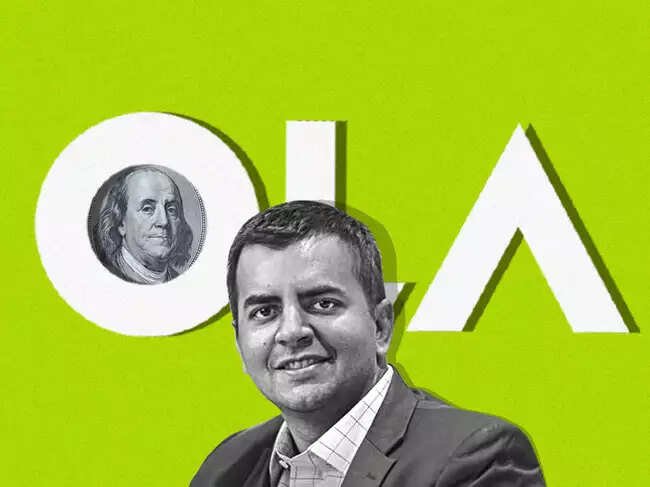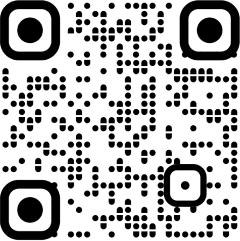
Ride-hailing company Ola will soon offer its customers the option to shop for groceries and fashion and apparel on Open Network for Digital Commerce (ONDC) via its app, broadening the suite of e-commerce offerings to its 75 million monthly active users.
Currently, customers can only order food and beverages on ONDC through the Ola app.
Sources said Ola has decided to use ONDC for horizontally scaling up across multiple segments and expand their e-commerce presence on the network. With the ONDC integration, the Ola app will get access to thousands of grocers and fashion and apparel brands across cities already on the network.
Now, the network has more than 380,000 sellers out of which non-mobility accounts for 105,000.
The firm’s total revenue climbed 58% to INR 2,135 crore in FY23, while overall loss narrowed 65% to INR 1,082 crore.
The new service would make the company’s grocery/apparel-ordering business cost-effective as it won’t have to deploy a fleet of delivery executives or convince grocers and fashion brands to sell on the Ola app. This may also strengthen its logistics operations on ONDC as Ola is also a logistics service provider on ONDC.
An analyst requesting not to be named told ET that this is a good way for Ola to diversify into the different products that they can offer to their customers.
“If Ola would have to put grocery and fashion and apparel on its platform, it would have become difficult. Since ONDC is a protocol, it would seamlessly have the network’s sellers in these categories to sell to Ola’s users. Ola wants to allow multiple sellers of goods and services to sell to its customers via ONDC,” he said.
Ola’s mobility segment is not a part of ONDC yet. In February this year, Ola’s peer Uber had signed an MoU with ONDC to explore an integration with the network to expand the range of mobility offerings on the Uber app.
Asked why the company may not have integrated its mobility segment with ONDC, the analyst explained, “Ola is already a full-fledged platform. Why would they need a network like ONDC for mobility? For mobility, they already have a buyer side, a seller side, and a platform. All three are available. Whereas when it comes to food and beverages, grocery, fashion and apparel, that is something they would want the ONDC protocol for.”
“Even Uber may want to use the network for offering its users products and services outside of mobility. They may both want to use this from a diversification perspective which they both do not offer rather than from their own existing mobility service perspective,” he added.
Magicpin acts as Ola’s technology service provider. Other buyer apps that are live in the grocery category include Magicpin, Mystore, Novopay, NStore, Pai Platforms, Pincode, Qadoo and Spicemoney.
Buyer apps that are live in the fashion category include Craftsvilla, Mystore, Novopay, NStore, Pincode, and Qadoo.
On April 8, ET reported that ONDC got more than 17.42 lakh grocery orders and more than 26.38 lakh fashion orders between April 2023 to March this year. In March alone, fashion comprised 6.74%, and grocery comprised 4.47% of total monthly orders of 7.68 million on ONDC.
Ola also has aggressive logistics pricing, sources said. They said that the company will offer and expand its logistics services aggressively to other seller applications on the network. So far, it has only done so as a pilot.
Formal announcements on the same are expected to be made soon.
Ola, ONDC, and magicpin did not respond to ET’s requests for a comment.
On April 9, ET had reported that the cab business, whose parent firm is called ANI Technologies, had turned profitable based on earnings before interest, taxes, depreciation and amortisation (Ebitda) in FY23, bringing in INR 250 crore, against an Ebitda-level loss of INR 66 crore in the preceding fiscal year, quoting Ola chief executive Hemant Bakshi.

